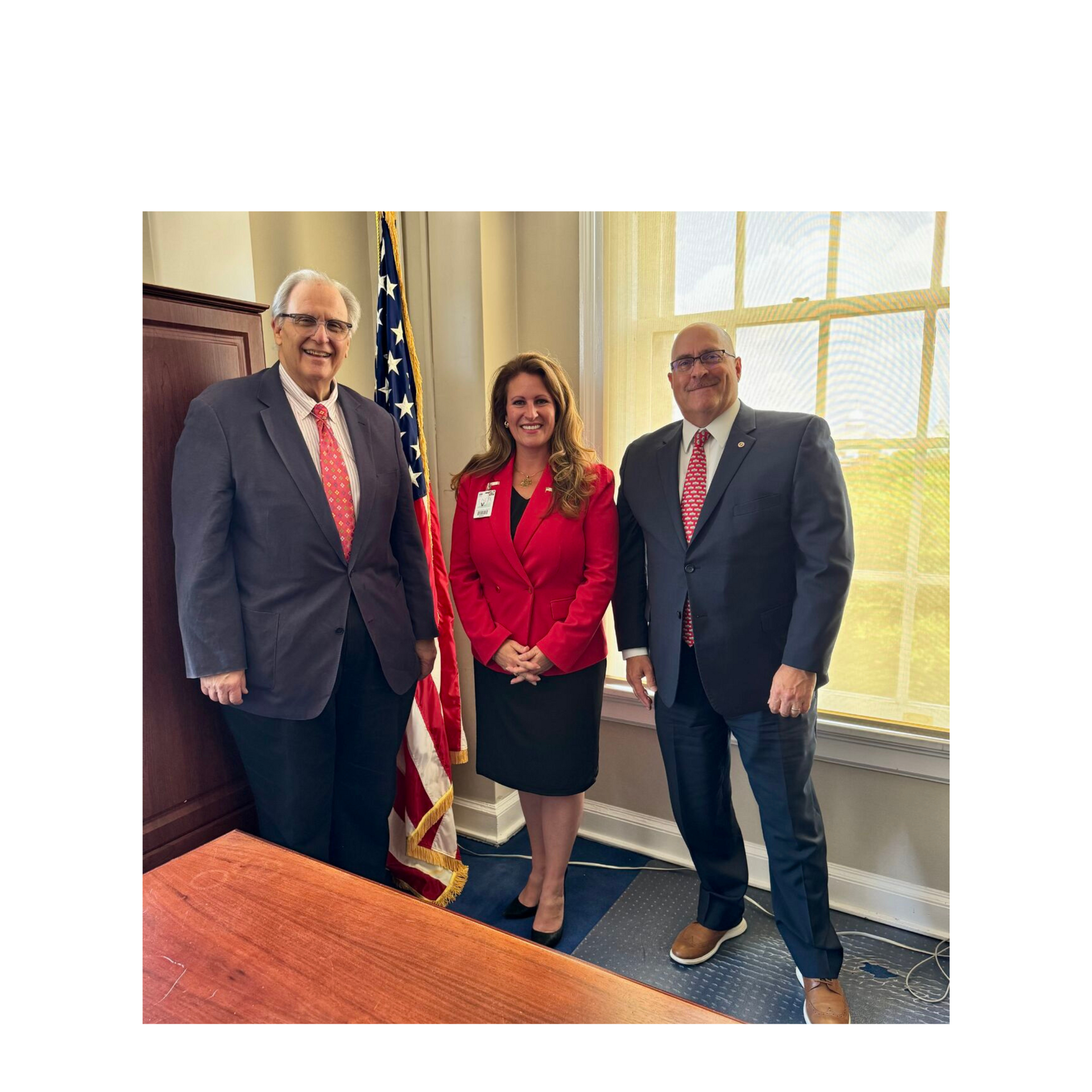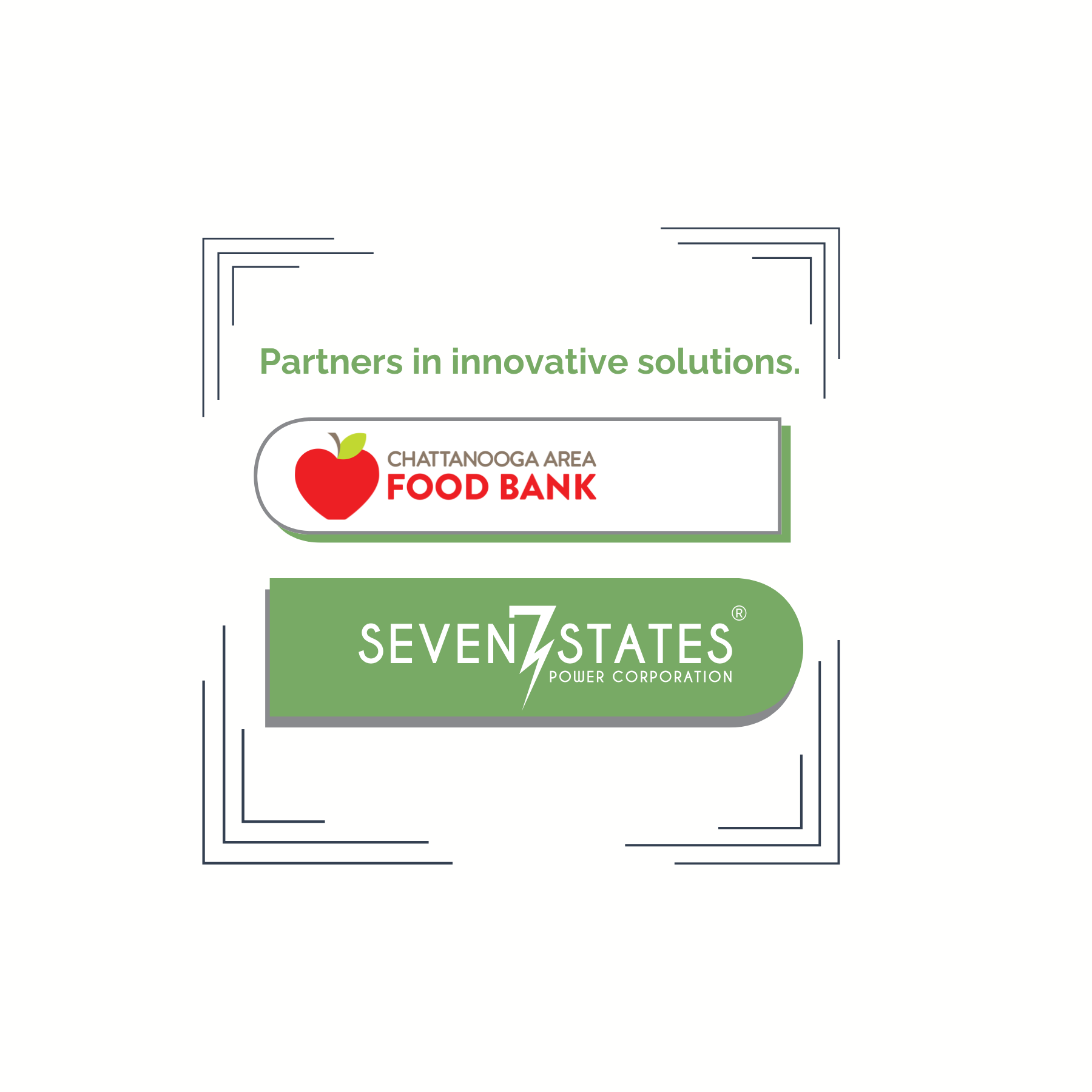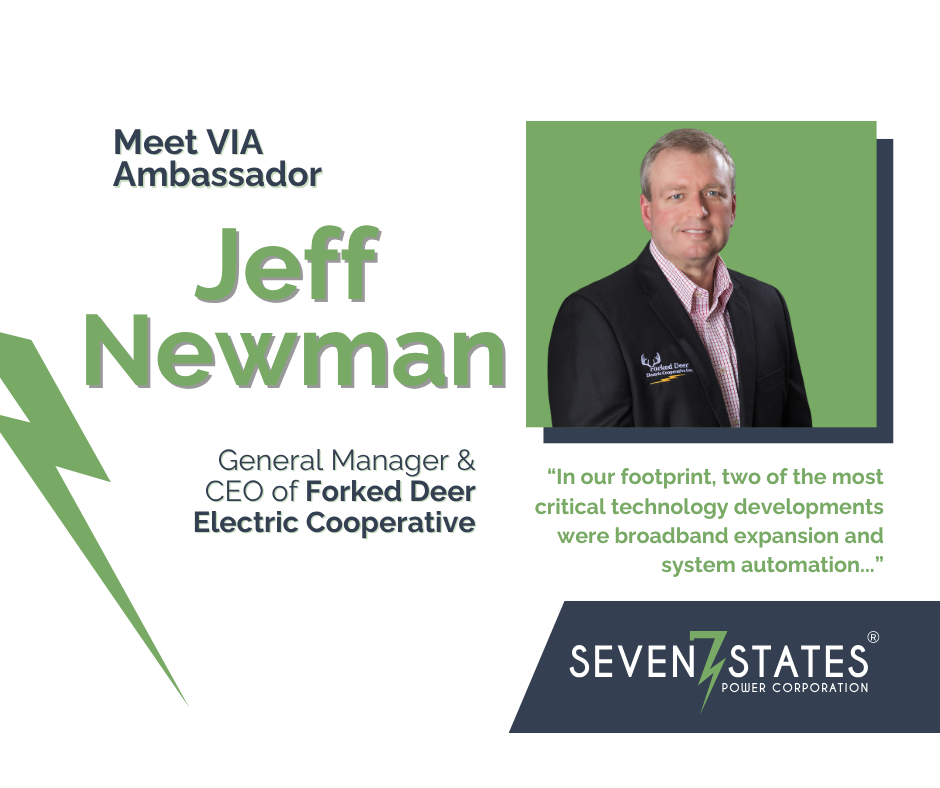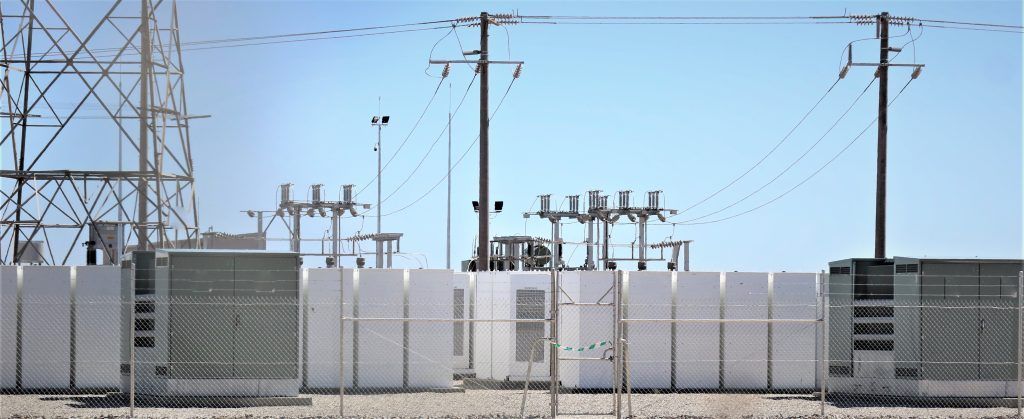
The Tennessee Valley has an opportunity to lead the nation in battery storage technology . As its members, the Local Power Companies (LPCs), explore battery storage options, Seven States is the go-to partner to streamline the process, aggregate projects for grant funding, and facilitate a successful deployment. Seven States has broad experience building partnerships to deploy a variety of different storage technologies, including at the US Space and Rocket Center , the University of Memphis , and Nissan’s manufacturing plant in Smyrna, TN.
Through their work with battery storage, LPCs continue to explore how this technology can enhance the reliability, resiliency, affordability, and sustainability of their operations. For example, battery storage units can be dispatched effectively during valley-fill generation periods and provide high confidence generation for day-ahead programs that complement demand response programs. Reducing the monthly on-peak and all-peak demand can save an LPC more than $10 for each kW reduced. Understanding typical monthly load curves and strategically deploying battery storage units are key to optimizing this untapped opportunity.
Additionally, battery storage allows for end-of-line voltage support and serves as a core generation source for a microgrid. In other parts of the US, battery storage is used to provide ancillary transmission support services.
True to its purpose as a hub for innovation and information sharing, Seven States released two RFIs in 2022 to study the battery storage market. The results revealed two primary approaches to pricing for LPCs: leasing or owning. While leasing costs over the life of the project are expected to be higher than if the LPC purchases the system directly, it allows the LPC to minimize risk. Direct ownership may yield lower costs; however, the LPC assumes operational risk.
In 2022, the battery storage market experienced unprecedented demand as well as unprecedented supply issues with core materials associated with lithium batteries. Battery prices increased by 7% in 2022, according to a recent Bloomberg report. Several utility battery manufacturers are switching to lithium iron phosphate (LFP) batteries because core materials are available and less expensive. As this transition continues and new battery manufacturing plants open in the US, prices are expected to levelize.
The Inflation Reduction Act of 2022 (IRA) provided new tax incentives for battery storage both by expanding the number of entities who are eligible and by raising the maximum potential savings percentages.
State and local governments (and political subdivisions thereof) are now eligible to receive the investment tax credit (ITC). Standalone battery storage projects are now eligible for ITCs (previously, battery storage was not eligible for the ITC unless it was tied to a solar array). The legislation also raised the maximum ITC rate from 26% to 30% — with some projects now even eligible to receive up to 50% in credit if the project meets additional requirements.
Federal tax incentives and market forces are combining to make battery storage solutions a better bet for LPCs in the Valley. If you want to learn more about battery storage for your LPC, give Seven States a call.
###
